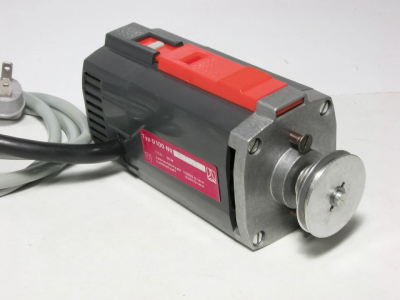Word on the internet is that Donna Byrnes recently reported that Byrnes Model Machines will be back in full operation producing and selling all their machines as of the first of the year. If you are sure you want a specific tool as soon as it is available send an email to the business email using the Contact Us link on the website https://www.byrnesmodelmachines.com
There reportedly has been no change in the design or high quality of the Byrnes machines. They are the same "finestkind" machines Jim built for so many years. They are being manufactured at the Byrnes plant managed by Donna Byrnes and operated by Jim's former right-hand man.
I have all three, the table saw, and the thickness and disk sanders. These are the finest powertools I've ever owned and I've owned a lot of power tools over the years. Now's your chance to buy a new one for the retail price instead of the $1,200 somebody paid for a used one on eBAy right after Jim's passing.
There reportedly has been no change in the design or high quality of the Byrnes machines. They are the same "finestkind" machines Jim built for so many years. They are being manufactured at the Byrnes plant managed by Donna Byrnes and operated by Jim's former right-hand man.
I have all three, the table saw, and the thickness and disk sanders. These are the finest powertools I've ever owned and I've owned a lot of power tools over the years. Now's your chance to buy a new one for the retail price instead of the $1,200 somebody paid for a used one on eBAy right after Jim's passing.
Last edited:









